A rare coastal Highland habitat chewed up by the heavy tread of caravans in the 60s and 70s has been restored to its former glory thanks to a 50-year project.
Achmelvich Bay in Sutherland is home to one of Scotland’s scarcest environments — a unique blend of low-lying coastline, sandy dunes, and grasslands called machair.
It’s the ideal habitat for many insect and plant species and is most prominently found along our island shores.
It’s even rarer, however, on the mainland, making what happened at Achmelvich Bay decades ago frustrating for conservationists.
The beauty spot was overwhelmed by years of summer visitors who were parking their cars and caravans on the beach, damaging the machair system.
By 1972, the erosion was so bad the then Highland Regional Council had to fight a legal battle to take ownership of the land to repair it.
But now, following 50 years of painstaking restoration, the damage has been reversed.
The machair habitat that supports so many at-risk species like the sand-burrowing bee is thriving once again.
One of the issues at Achmelvich was damage to the sand dune system caused by coastal erosion and tourism.
Without the dunes, the flowery machair plain was exposed and the plant-life that grows in a machair environment was lost.
To combat this, conservationists transported coastal plants all the way from Embo near Dornoch, and planted them on the shore in the hope that they would take hold.
Bill Ritchie, a former senior ranger at Achmelvich — now retired — led a small crew who worked to restore the bay.
In addition to the damage done by caravans on site, Bill and his team found evidence of all sorts of poor visitor behaviour.
Bill said: “The tourists dug toilets, made fires and let their kids jump up and down off the machair sand dune system’s eroded edges, and we found refuse pits going down three feet, full of bottles and cans.
“That was also a danger to the short, grassy machair system.”
The next part of the restoration scheme involved erecting fencing and barriers to move tourists and their caravans back to the bay’s outer edge where less damage could be done.
Other work included grazing control experiments, sand fencing, path improvement, sign-posting, and car parking spaces.
Today, Achmelvich is a popular tourist spot on the NC500 tourist route, and it features a wildlife ranger and hut, as well as signs on paths asking people not to walk or camp on the machair.
The car park and toilets at the beach are in line for an upgrade as part of further improvements.
Machair comeback brings hope for NatureScot ecologist
Stewart Angus, coastal ecology manager at NatureScot and an honorary professor at Heriot-Watt university, flew a drone to capture the aerial photographs of Achmelvich.
He was delighted to see that the machair and sand dune system has made a comeback, and said this gives hope to other projects across Scotland seeking to protect machair from erosion from human impact and climate change.
He said: “Success stories like Achmelvich give us so much encouragement that there are answers out there that will work.
“Although minor issues persist at the site, the problem inherited in the 70s was severe indeed, and the community, together with The Highland Council, is to be congratulated on the outstanding success of its management.”
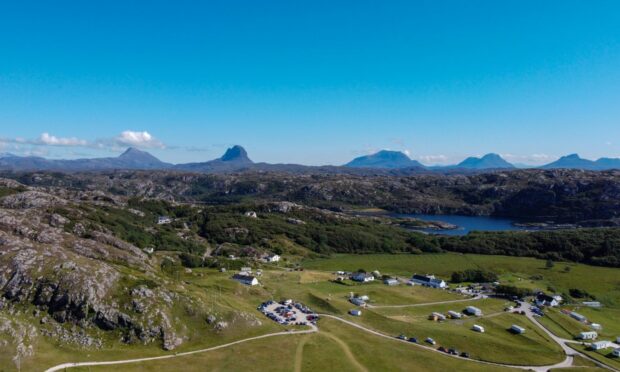
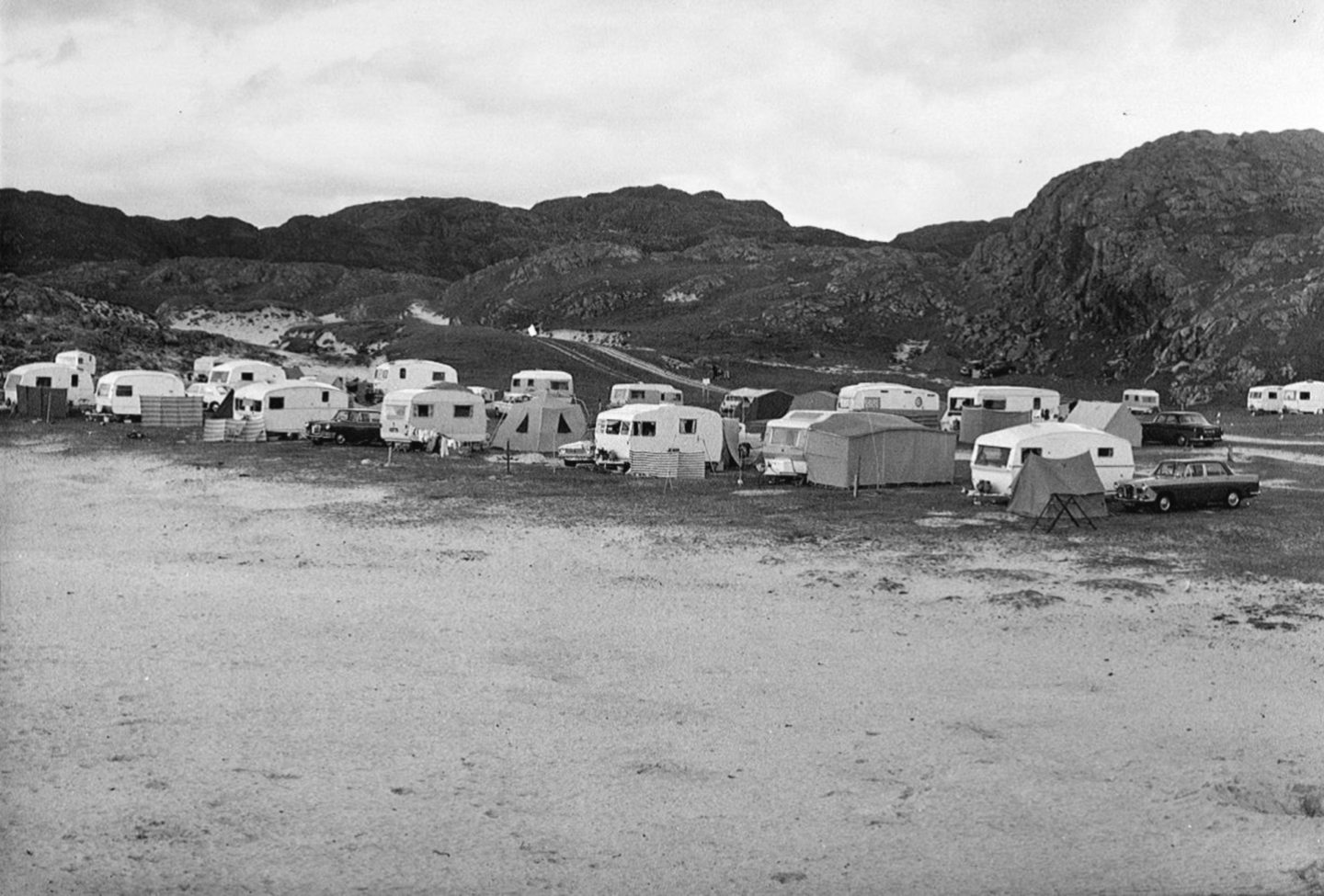
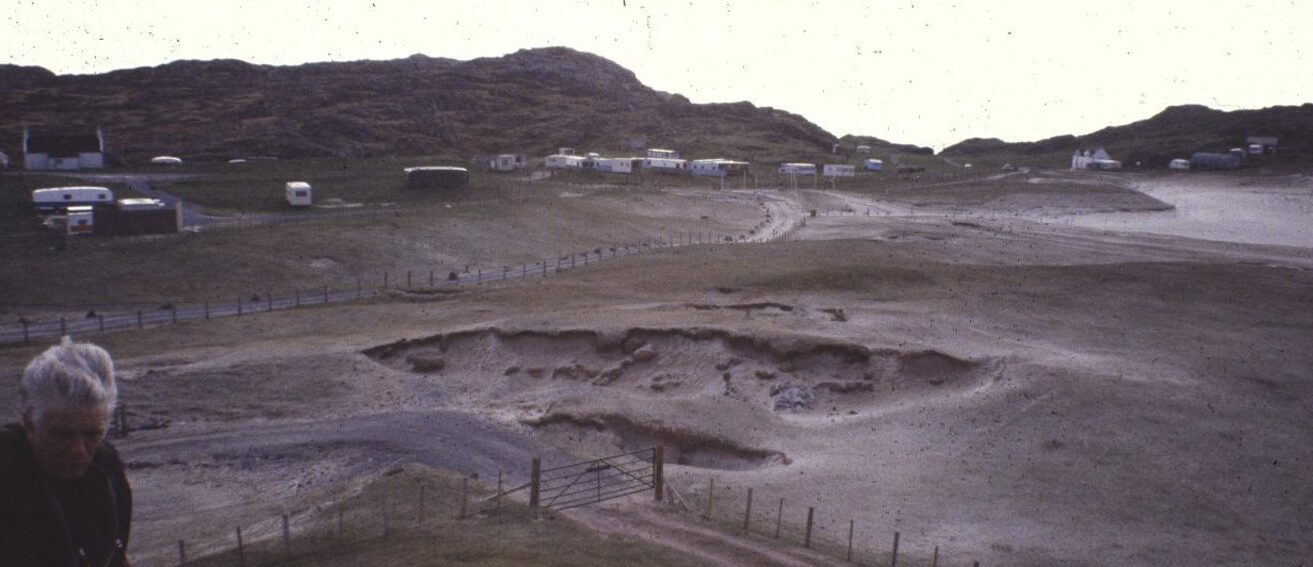

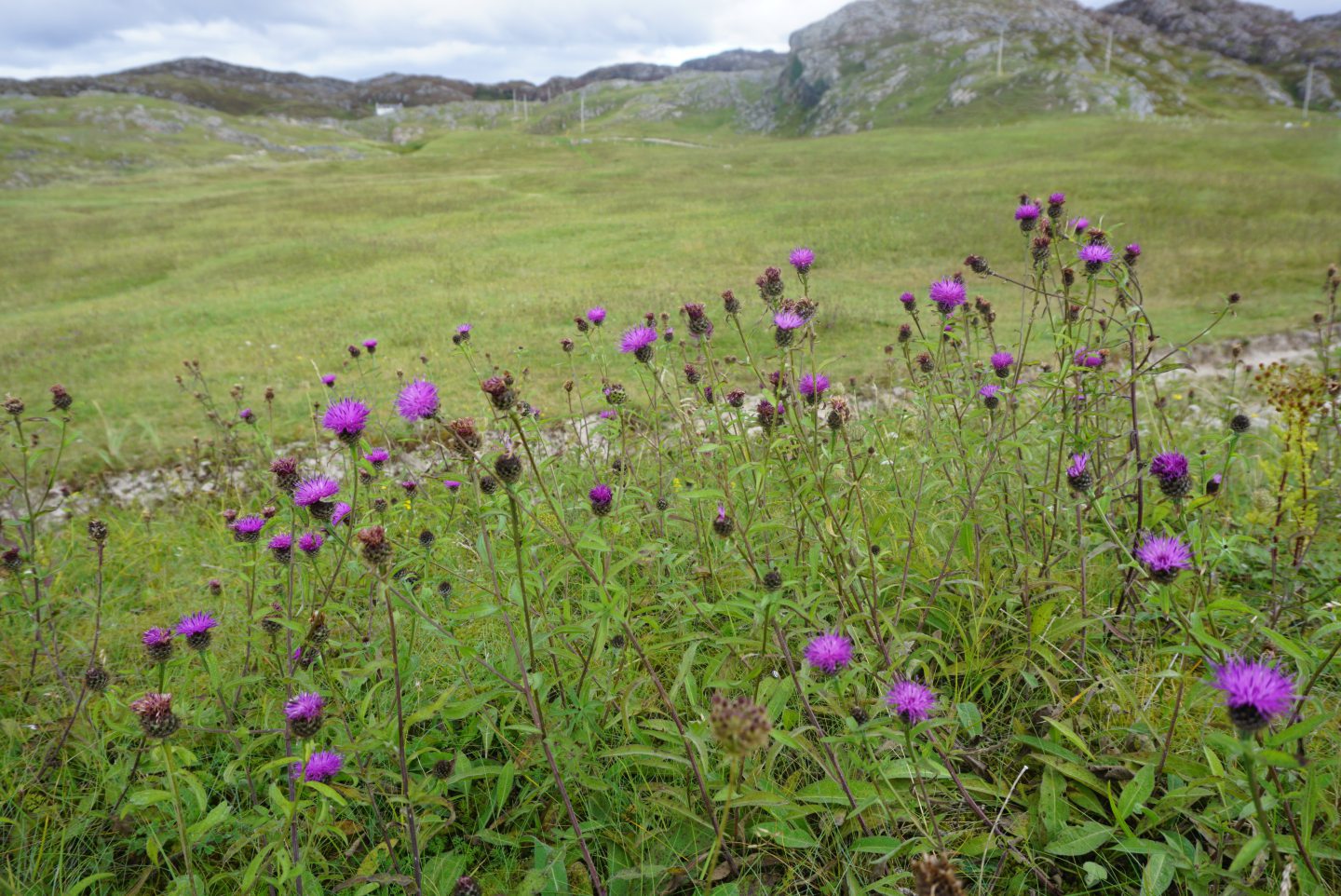
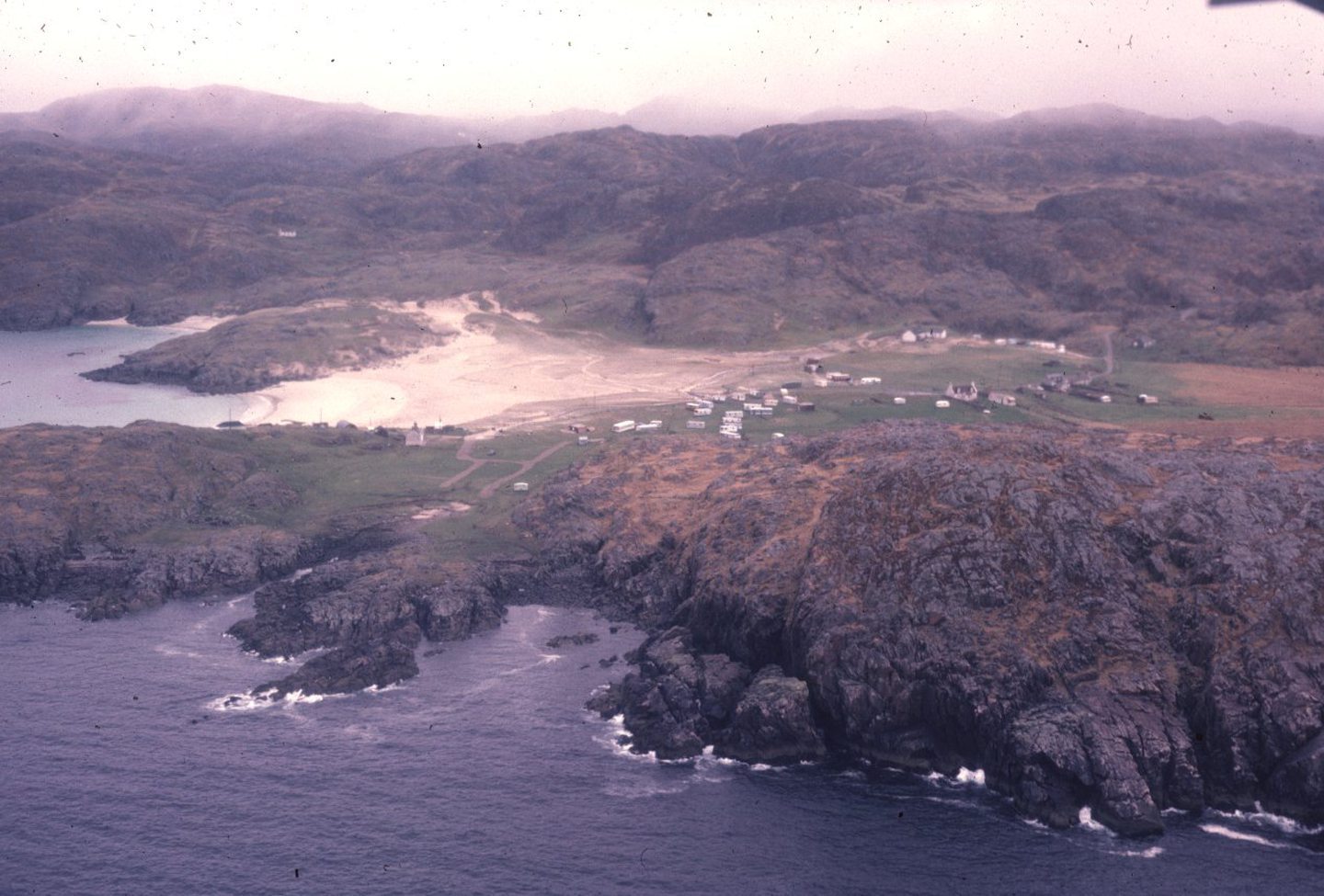
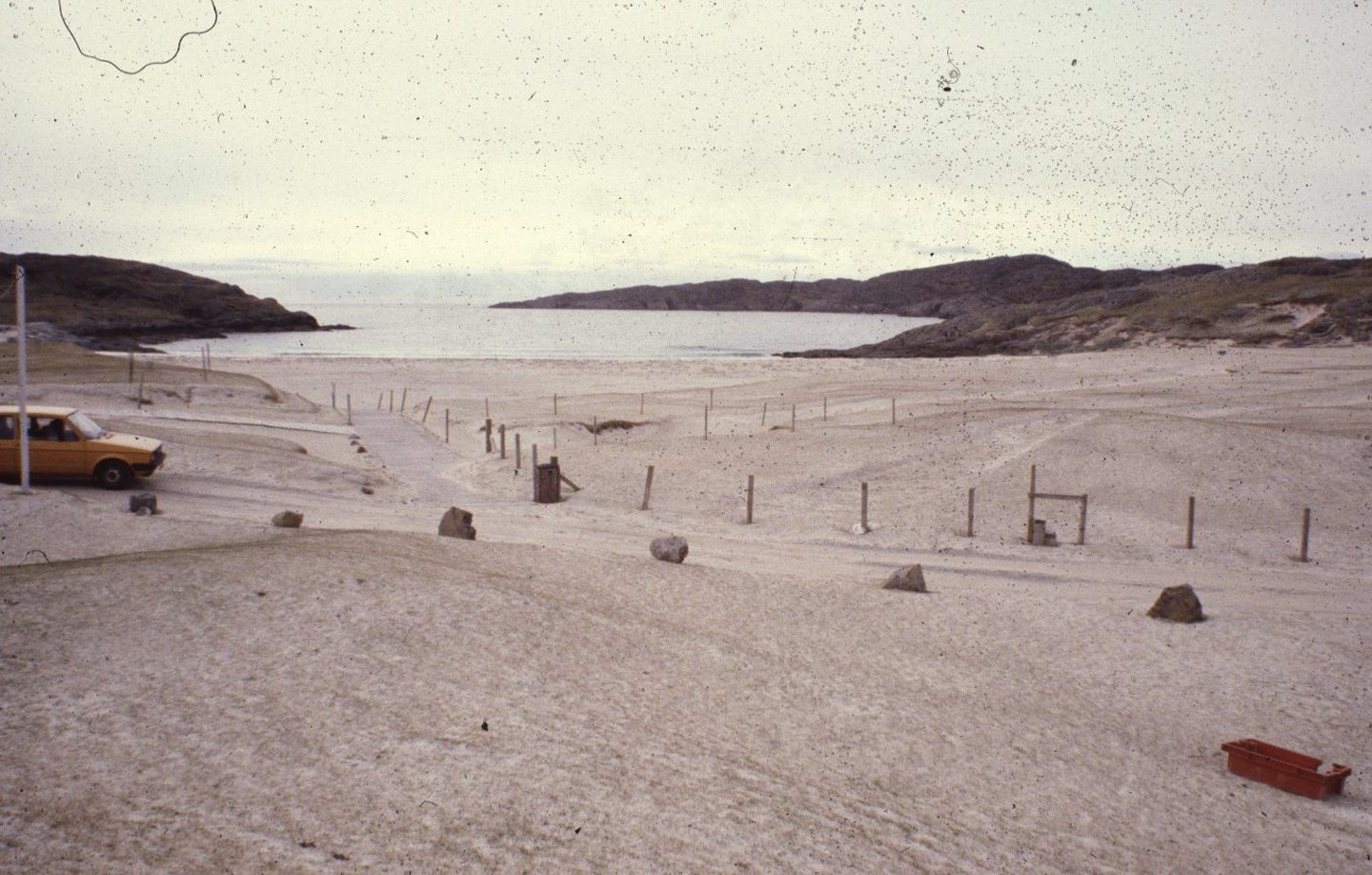

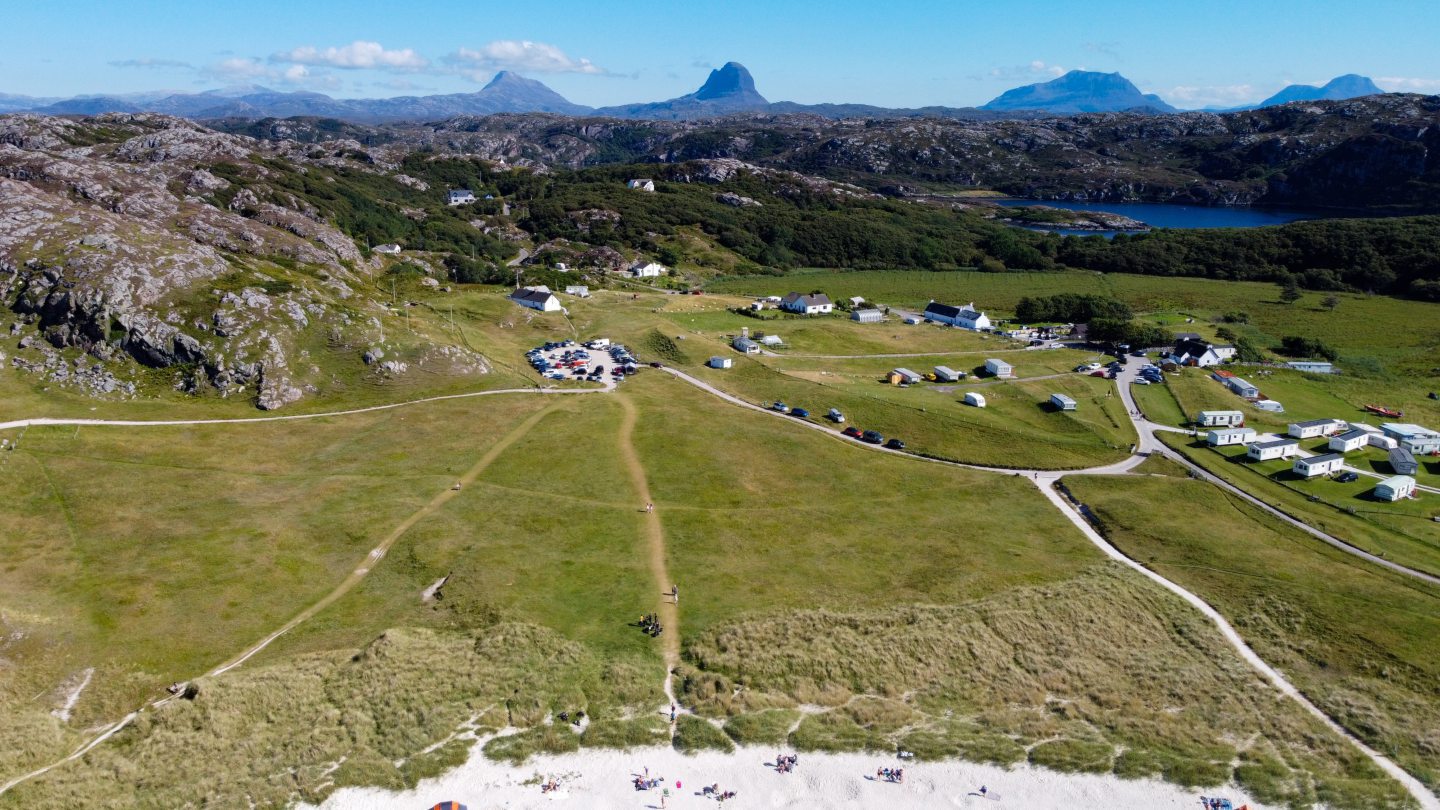
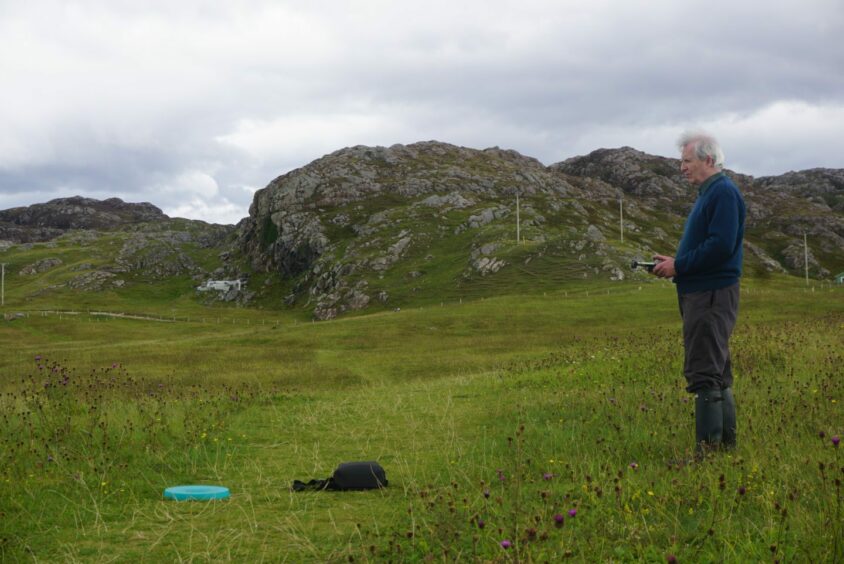
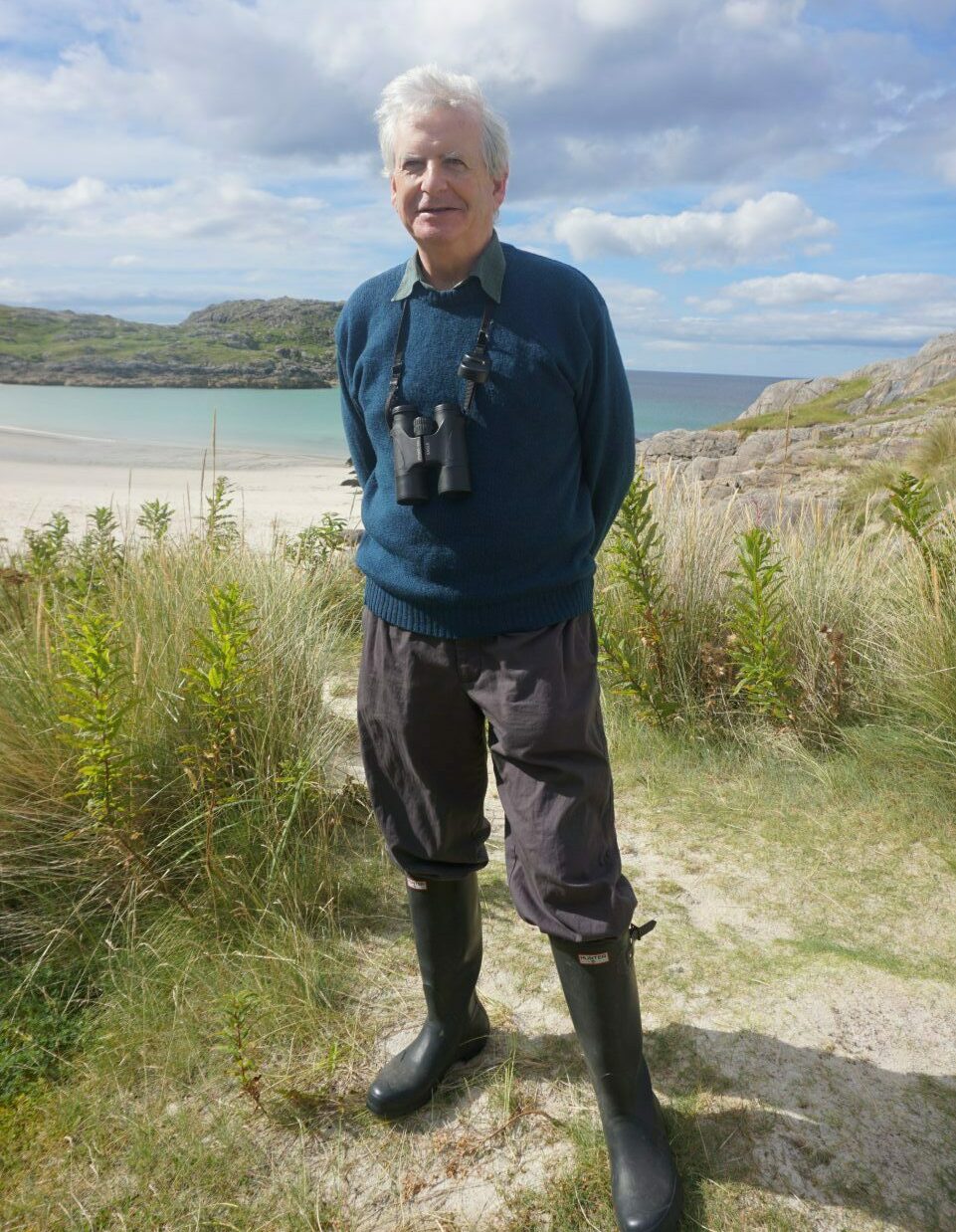
Conversation